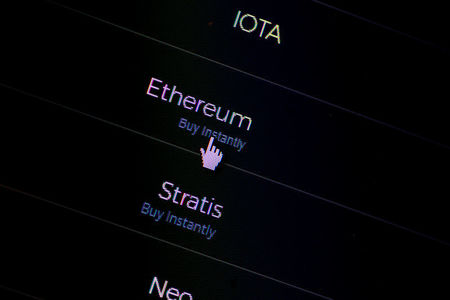
U.Today – Early trading on Sunday saw profit-taking in , and other crypto markets, with approximately $252 million in crypto liquidations reported.
As a result, Bitcoin fell to a low of $101,221 before recovering to an intraday high of $103,292. However, at the time of writing, the stock pared back some of its gains, still rising 1.6% in the past 24 hours to $102,796.
Ethereum fell to a low of $3,831 in early trading on Sunday, extending its decline from Saturday’s trading. This decline was met with buying, and ETH rebounded to an intraday high of $3,906.
Ethereum has been aiming to reach $4,000 for the past four days, but the bulls’ attempts have stalled just above $3,900.
Meanwhile, Bitcoin has repeatedly tested resistance above $100,000, increasing the likelihood of a breakout. While the market remains optimistic for both crypto assets, MVRV, an essential indicator for predicting market tops and identifying bottoms, is hinting at what will happen next for BTC and ETH. Masu.
What the MVRV indicator suggests
In a recent analysis, on-chain analytics platform IntoTheBlock examines the MVRV metric for major cryptocurrencies such as Bitcoin and Ethereum.
Market Value to Realized Value Ratio (MVRV) is a key metric for timing crypto market cycles and identifying potential highs. This ratio indicates whether the price is higher or lower than what investors paid on average, indicating an overvalued or undervalued situation.
According to IntoTheBlock, historically, Bitcoin has experienced a market bottom when the MVRV ratio is below 1 and a peak when it is above 3. A decrease in peak MVRV is demonstrated with each cycle, indicating that future peaks may occur at lower rates.
Bitcoin's MVRV is 2.5, indicating that the market is warming up but is still far from its all-time high.
However, Ethereum's MVRV paints a mixed picture as initial buyers quickly benefit from the large initial rally. Historically, Ethereum's bear market MVRV has been around 0.7, with past cycles peaking at 2.7. The current MVRV of 1.76 suggests there is room for further upside before reaching the highest valuation level.
This article was originally published on U.Today


